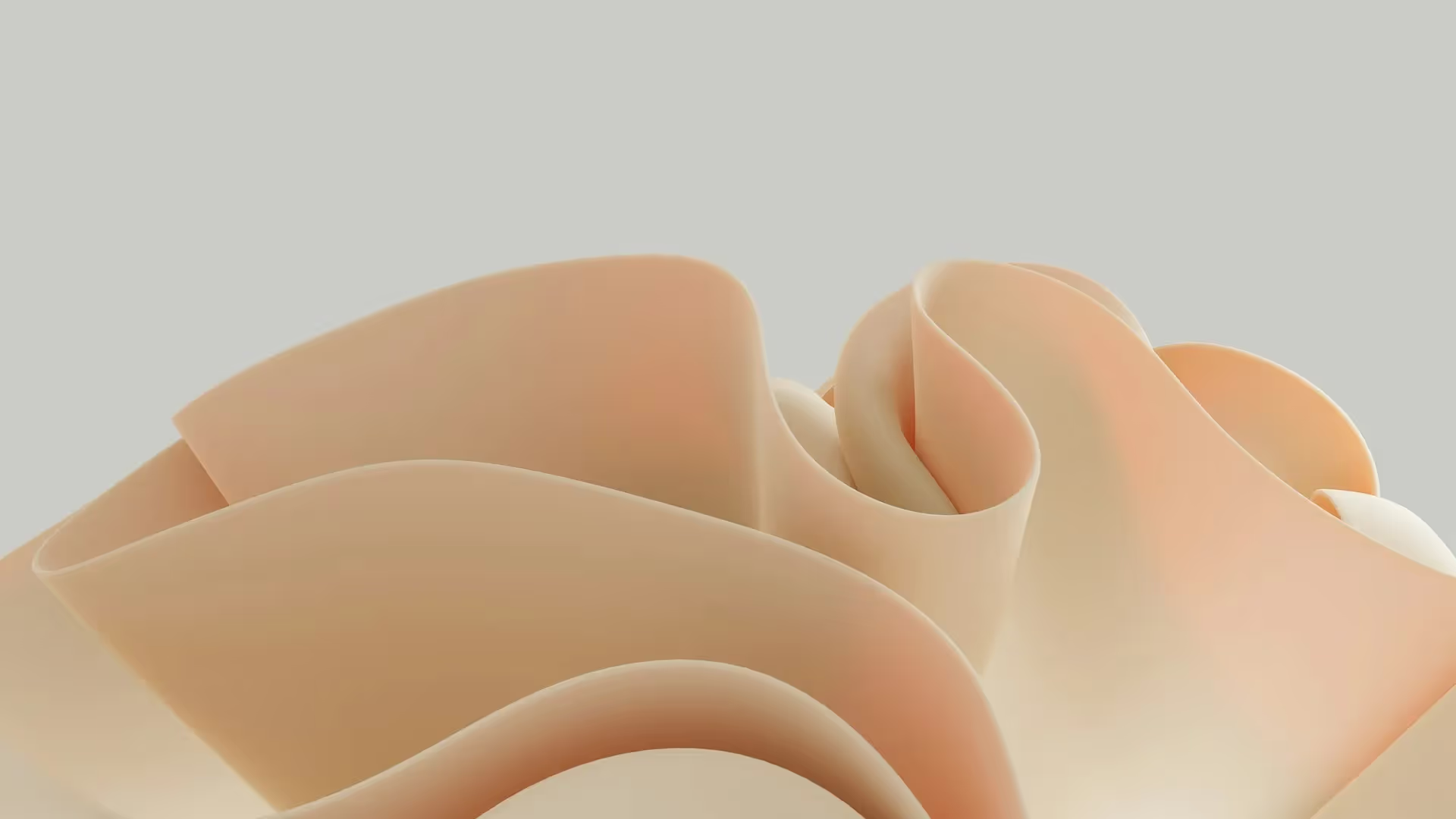Insights
Webflow
Copy Link

As digital landscapes rapidly evolve, web design trends constantly shift. What captivated users a few years ago can quickly become outdated or ineffective. As we approach 2026, designers andbusinesses alike must stay ahead of the curve by recognizing which design trends have overstayed their welcome and embracing fresh, innovative practices. Let’s explore which design trends to leave behind and uncover what’s next for the web in 2026.
Certain web design trends, once fresh and innovative, have gradually lost their impact, becoming overused or failing to meet evolving user expectations. Here are several design approaches worth leaving behind:
Hero sections overloaded with excessive text, multiple CTAs, animations, and busy videos create visual chaos, overwhelming users. Simplifying these sections to clearly communicate the primary value proposition is crucial for enhancing user engagement and clarity.
Generic stock images dilute brand authenticity and often fail to connect emotionally with audiences. Moving towards original photography, custom illustrations, or thoughtfully curated imagery can dramatically boost brand uniqueness and emotional appeal.
Animations and scroll effects, while initially captivating, often hinder usability and site performance if overused. Subtle, purposeful animations that enhance user understanding rather than distracting from content will become the standard moving forward.
Once a cutting-edge trend, excessive parallax scrolling now frequently causes disorientation and accessibility issues. Sites need to prioritise user-friendly navigation and accessibility over elaborate scrolling effects.
Intrusive pop-ups that interrupt user experiences negatively impact engagement and conversions. More effective, unobtrusive methods of engaging visitors, such as subtle slide-ins or contextually relevant messaging, will dominate future trends.
Looking ahead, several transformative design trends will reshape the web landscape in 2026. These trends emphasise user-centricity, immersive experiences, technical innovation, and sustainability:
Advancements in AR, VR, and 3D interactions will increasingly deliver immersive experiences directly through browsers. Web designers will craft interactive, engaging sites that blur boundaries between digital and physical worlds, providing richer storytelling and deeper user connections.
Future web designs will emphasise intentional simplicity. Minimalist designs, combined with thoughtful typography, strategic whitespace, and clear content hierarchies, will prioritise usability and clear communication, reducing cognitive load and enhancing user satisfaction.
With sustainability becoming increasingly critical, eco-conscious web design will emerge prominently. Designers will optimise websites for reduced energy consumption, leveraging efficient coding, optimised images, and eco-friendly hosting solutions, aligning digital experiences with broader sustainability efforts.
Artificial intelligence and machine learning will enable highly personalised web experiences. From dynamically tailored content and layouts to AI-powered chatbots providing sophisticated user assistance, websites will adapt intelligently to individual visitor needs and behaviours, dramatically enhancing user satisfaction and engagement.
Accessibility will become an inherent, prioritised element of every design process. Future web design will embrace inclusive, universally accessible experiences, ensuring content is easily consumed by users regardless of physical or cognitive limitations. This inclusive approach will expand reach and demonstrate genuine brand care.
With Webflow making GSAP fully free and seamlessly integrated into their platform, GSAP-powered interactions will become even more widespread. The recent updates, including the new timeline for animations, simplified integration, and advanced plugins like SplitText, provide designers and developers powerful tools to create sophisticated, interactive, and high-performing animations. The ability to visually build and preview GSAP animations within Webflow will encourage broader adoption, enabling even non-coders to leverage complex motion graphics, significantly enhancing user engagement and site dynamism.
Embracing these emerging trends effectively involves practical, proactive steps:
Understand evolving user preferences and expectations through regular research and user testing. Insights directly inform impactful, user-centric designs that resonate deeply with your audience.
Designers should proactively expand their skillsets to include emerging technologies like AR, VR, AI-driven personalisation, and sustainable web practices. Continuous learning ensures readiness to embrace future opportunities.
Develop robust design systems that provide consistency, efficiency, and adaptability. These systems empower brands to quickly respond to new trends without sacrificing consistency or brand integrity.
Future web design will thrive through cross-functional collaboration among designers, developers, marketers, content creators, and sustainability experts. Diverse perspectives enrich the design process, ensuring holistic, innovative outcomes.
Brands already pioneering these future-ready design principles offer valuable insights:
These real-world examples clearly demonstrate the powerful potential of aligning web design with emerging trends.
At The Hoop Studio, we consistently stay ahead of design trends, proactively integrating innovation, user-centricity, and technological advancements into our projects. We view web design not as static but as a dynamic discipline continuously adapting to technological advancements and evolving user expectations.
Our recent work showcases our commitment to future-ready design practices. From leveraging minimalist, impactful designs to embracing immersive storytelling and personalised user experiences, we consistently deliver websites that resonate today and remain relevant tomorrow.
Web design trends evolve continuously, demanding ongoing adaptability and foresight from designers and brands alike. By proactively retiring outdated design trends and embracing forward-looking innovations—such as immersive experiences, intentional minimalism, sustainability, advanced personalisation, accessibility, and the newly enhanced GSAP-powered interactions—brands position themselves for sustained relevance and effectiveness in 2026 and beyond.
Ready to embrace the future of web design? Discover how The Hoop Studio’s innovative, user-centric approach can ensure your website stays ahead of the curve. Explore our transformative Growth Website Build or our dedicated Ongoing Web Partner services and prepare your brand for digital success in 2026 and beyond.